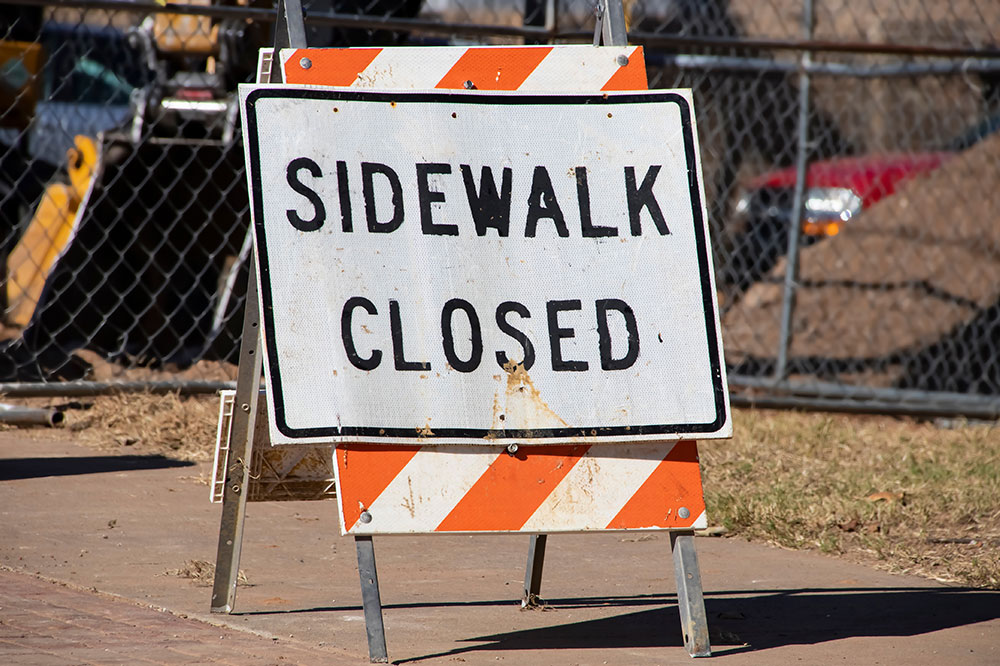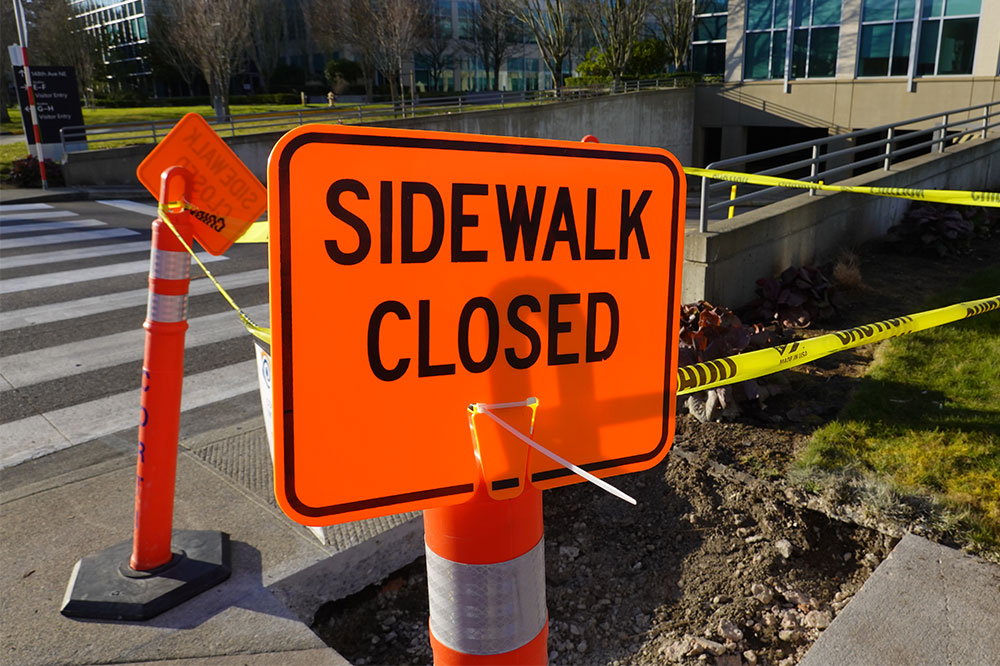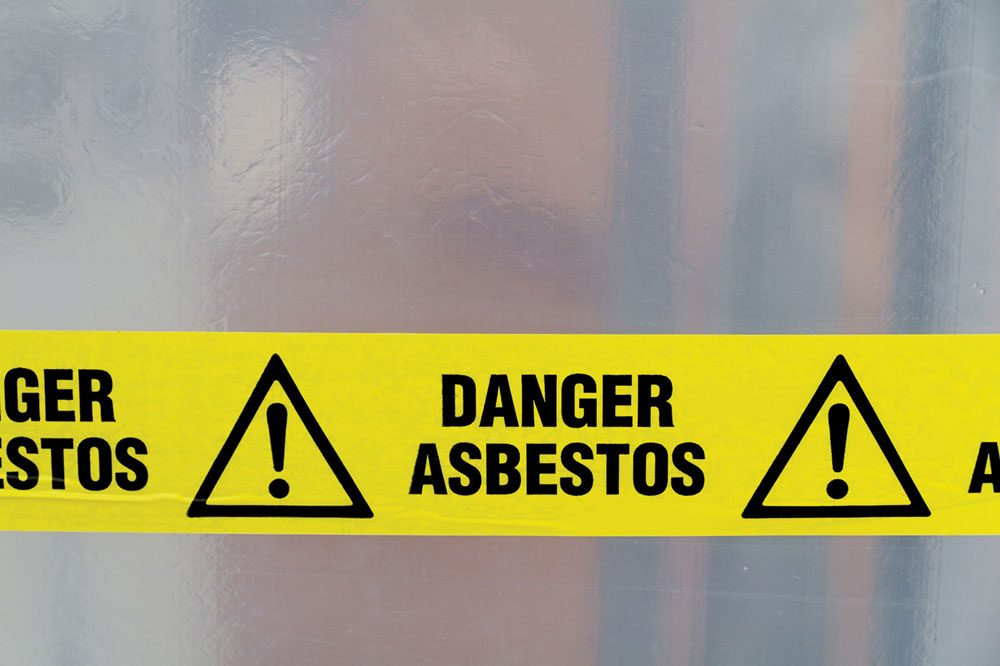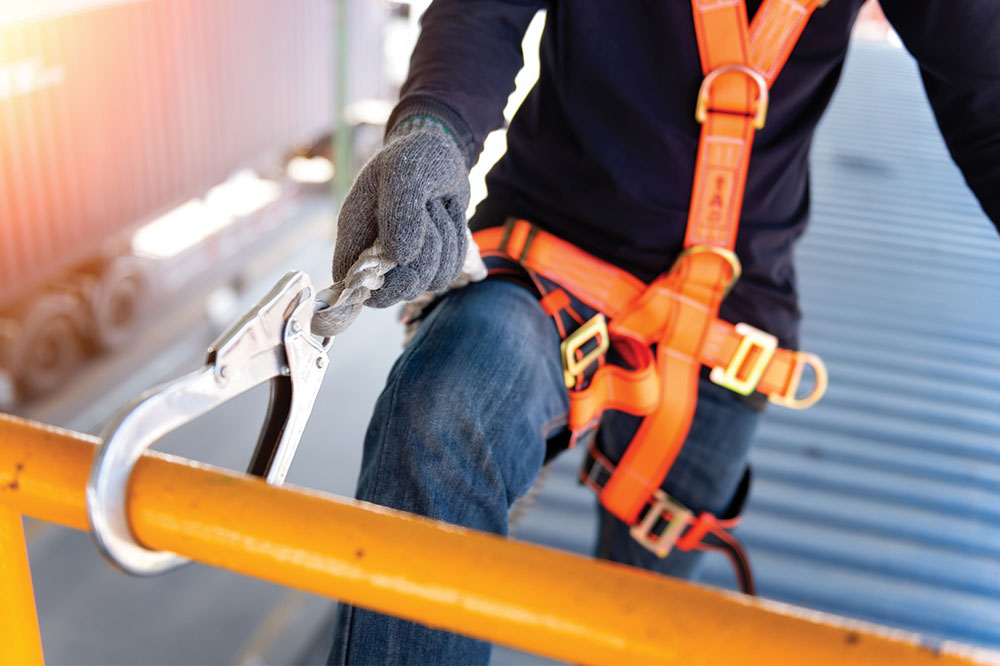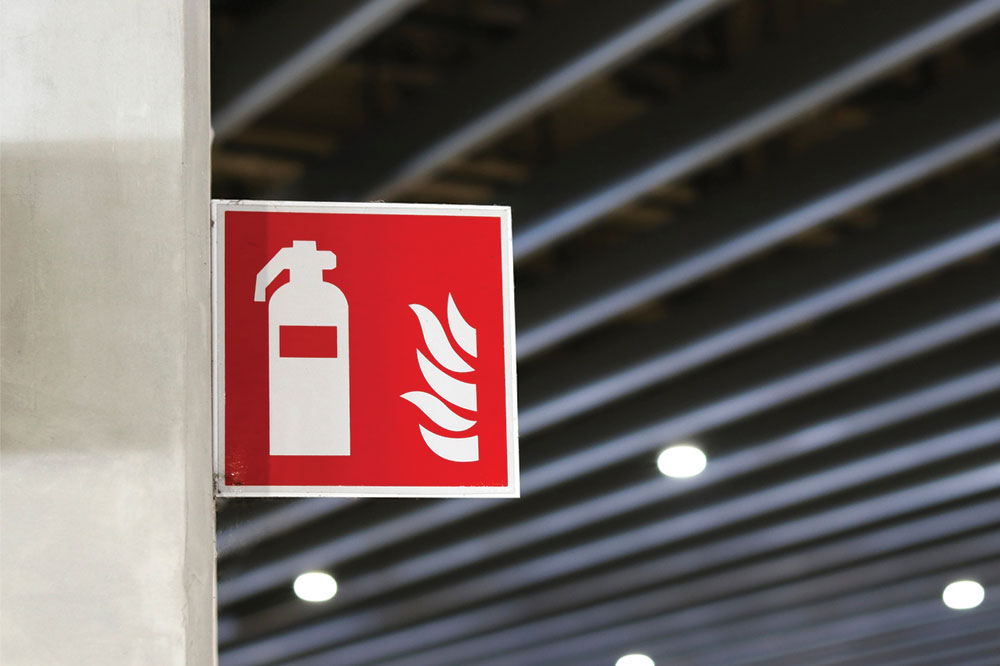Typical Locations for the Use of Warning Tape
Warning tapes are crucial safety tools used in various environments to prevent accidents. They are commonly seen in slippery stairs, garages, food service areas, construction sites, fire zones, and crime scenes. Made from durable, tear-resistant material, they effectively mark hazardous zones and alert passersby of potential dangers. Easy to deploy, warning tapes play a vital role in accident prevention and scene management, ensuring safety for both workers and the public. Their strategic use significantly reduces risks in high-danger areas across multiple industries.

Common Places to Use Warning Tape
Warning tapes, also known as caution tapes, serve as vital safety tools to alert pedestrians about potentially dangerous zones. Constructed from durable, tear-resistant materials, these tapes help prevent accidents in various risky environments. They can be effectively deployed in several key areas, including:
Slippery staircases
Applying warning tape on slippery stairs in offices or public venues can reduce fall incidents, especially when individuals are wearing casual footwear lacking proper grip.
Auto repair facilities
Garages often present hazards due to moving vehicles carrying debris, water, or dust. Placing warning tape can caution individuals to proceed carefully and avoid slipping or injuries.
In food service zones, such as kitchens or cafeterias, warning tape helps mark off areas prone to spills or fire risks, warning non-employees to stay clear. Similarly, construction sites utilize warning tapes to highlight dangerous zones and prevent unauthorized access.
Firefighters also use caution tape to cordon off areas affected by fires, controlling crowds and securing the scene. Law enforcement employs warning tape at crime scenes to preserve evidence and maintain investigation integrity.
Overall, custom warning tapes are essential safety tools for marking hazardous regions, reducing accidents, and increasing public awareness about potential dangers. Easily accessible, they can be deployed quickly wherever safety concerns arise.
Note:
This blog offers diverse informational content aimed at educating readers about safety measures. While helpful, it should not replace professional advice or official guidelines. The team is not responsible for inaccuracies or discrepancies across different sources. Readers should verify details through trusted channels for critical safety decisions.

